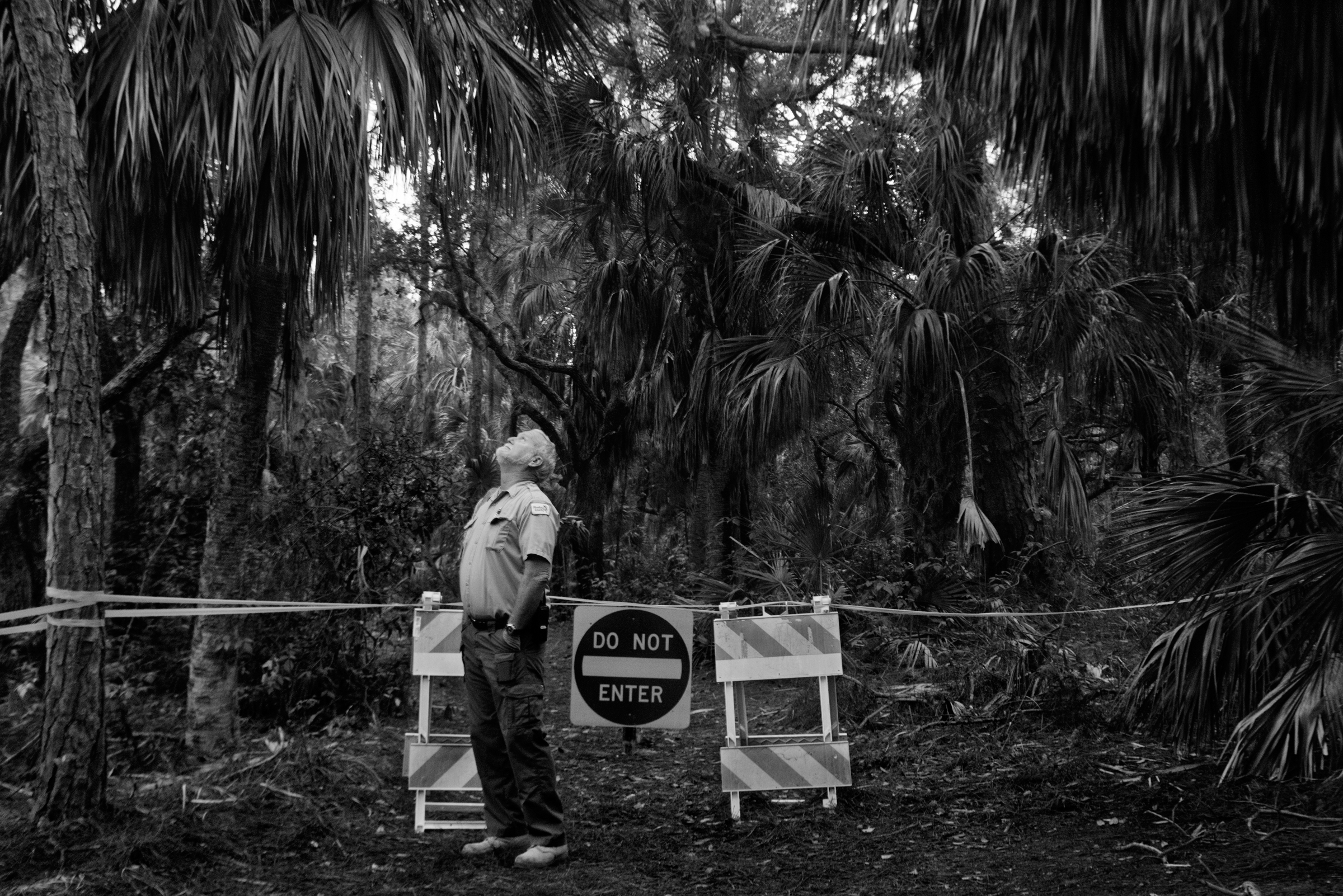The situation quickly escalated. “The photographers started moving out in front of everybody else, really degrading the viewing experience of everybody who was attempting to watch the same owl,” Henderson said. “If people approached and questioned their ethics, they were actually threatened with violence.”
Soon it wasn’t only photographers trying to use bait. “There was a person who put a mouse and a GoPro on top of his cap and tried to get the owl to fly right at his face,” Henderson said. “You could lose your eyeballs! But it just shows the extent to which some people will go.”
The Minnesota legislature is now considering a bill to prohibit the luring of owls, excluding anyone with a permit or other authorization from the U.S. Fish and Wildlife Service. It wouldn’t be the first state to come down on wildlife photographers who use bait.
Four years ago in Montana, a 35-year-old man was sentenced to 10 days in jail and fined $1,035 after he illegally fed bighorn sheep to get a picture of them with Lone Peak in the background. Because the photographer lured the sheep to an area near a busy highway, one biologist speculated that his actions might have caused the deaths of the three bighorn sheep that were killed in car collisions at the site.
Even outside the United States, nature photographers can wind up facing legal action, especially where nesting birds are concerned. In Scotland in 2011, two photographers were charged and fined for disturbing a pair of nesting White-tailed Eagles—a species reintroduced after being extirpated from Scotland in the early 20th century—because they placed a blind near the nest, causing the birds to fly and cry in alarm.

While such court cases are fairly uncommon, almost anyone can relate to that yearning to get just a little closer for a great photograph. Connie Toops, a founding member of the North American Nature Photography Association, knows the feeling, but as a professional freelance photographer and former nature interpreter with the National Park Service, she had some advice. “Never push it,” she said—just back away so you don’t alter the animal’s behavior. “My question has always been, what do you do as a photographer if nobody else is watching? You really are the person who determines your own ethics.”
Just Say Know
Audubon guidelines help photographers enjoy wildlife responsibly while also being mindful of animals’ safety. The North American Nature Photography Association’s Ethical Field Practices guide offers additional practical tips here—nanpa.org/docs/NANPA-Ethical-Practices.pdf.
Source: audubon.org/magazine/may-june-2015/too-close-comfort
Crocodile Trail – The Best Birding Trail in Cat Tien National Park
If you’re a birder or nature photographer planning a trip to Vietnam, few places offer [...]
Cong Troi Trail – Top 1 Dalat Plateau Birding Trail Experience
If you’re a birder or nature photographer planning a trip to Vietnam’s Central Highlands, the [...]
How to Identify the Greater Sand Plover, Tibetan Sand Plover and Siberian Sand Plover
Identification Differences within the Sand Plover Complex: The sand plover group, which was traditionally divided [...]
Highlights of Cat Tien National Park Reptiles and Amphibian Endemics
Spanning over 71,350 hectares of tropical forests, grasslands, and wetlands, Cat Tien National Park is [...]
Highlights of Cat Tien National Park Mammals in a World Biosphere Reserve
In addition to reptiles and birds, Cat Tien National Park is also rich in mammals, [...]
Kontum Plateau Endemic and Highlight bird
Kontum Plateau Endemic And Highlight Bird species like Chestnut-eared Laughingthrush and top birding routes while [...]